 Fred's ImageMagick Scripts
Fred's ImageMagick Scripts
Copyright © Fred Weinhaus My scripts are available free of charge for non-commercial (non-profit) use, ONLY. For use of my scripts in commercial (for-profit) environments or non-free applications, please contact me (Fred Weinhaus) for licensing arrangements. My email address is fmw at alink dot net. If you: 1) redistribute, 2) incorporate any of these scripts into other free applications or 3) reprogram them in another scripting language, then you must contact me for permission, especially if the result might be used in a commercial or for-profit environment. Usage, whether stated or not in the script, is restricted to the above licensing arrangements. It is also subject, in a subordinate manner, to the ImageMagick license, which can be found at: http://www.imagemagick.org/script/license.php Please read the Pointers For Use on my home page to properly install and customize my scripts. |
|
Applies a dispersion effect to an image. |
last modified: December 15, 2018
|
USAGE: disperse [-s scale] [-d amount] [-c granularity] infile outfile
-s .... spread ........... spread distance of dispersion; integer>=0; default=5 PURPOSE: To apply a dispersion effect to an image. DESCRIPTION: DISPERSE applies a dispersion effect to an image by using a sinusoidally modulaated random displacement map. ARGUMENTS: -s spread ... SPREAD distance of dispersion. Values are integers>=0. Typical values range from 2 to 20. The default=5 -d density ... DENSITY is the closeness or frequency of detail. Values are integers>=0. The default=5. -c curviness ... CURVINESS/CLUMPINESS of dispersion. Values are integers>=0. Small values produce fine, dust-like detail. Larger values produce more clumpy and curvy clusters. Typical values range from 0 to 20. The default=5 -r reseed ... RESEED is the forced seed value to use for randomization. This permits the pattern to be repeated. The default is to change the seed value randomly each time the script is run, thus causing somewhat different patterns each time the script is run. NOTE: For IM prior to 6.4.8-5, the script uses -fx and may be a little slow. CAVEAT: No guarantee that this script will work on all platforms, nor that trapping of inconsistent parameters is complete and foolproof. Use At Your Own Risk. |
|
Disperse |
||
|
Original | ||

|
||
|
Arguments: |
Arguments: |
Arguments: |

|

|

|
|
Arguments: |
Arguments: |
Arguments: |
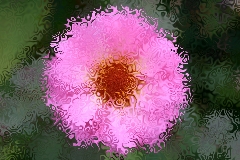
|
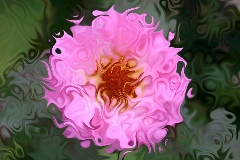
|

|
|
Arguments: |
Arguments: |
Arguments: |
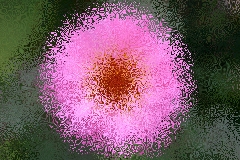
|
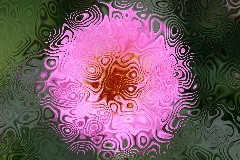
|
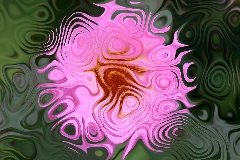
|
|
Arguments: |
Arguments: |
Arguments: |
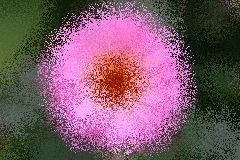
|
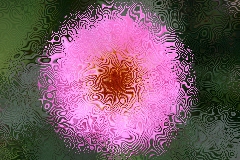
|
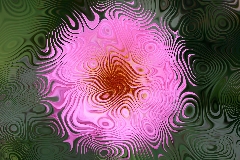
|
|
Arguments: |
Arguments: |
Arguments: |
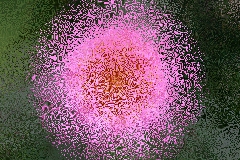
|
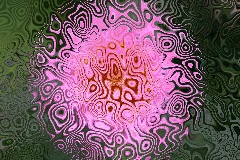
|
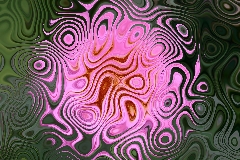
|
|
Fire Effect |
|
|
Original | |
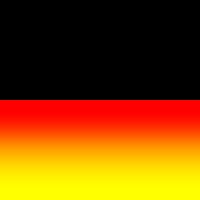
|
|
|
Arguments: |
Arguments: |
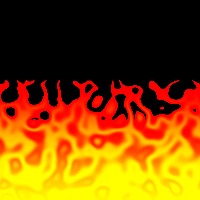
|
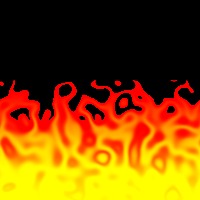
|
|
Textured Glass Effect |
|
|
Original |
Arguments: |

|
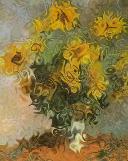
|
|
Original |
Arguments: |

|

|
|
What the script does is as follows:
This is equivalent to the following IM commands
|